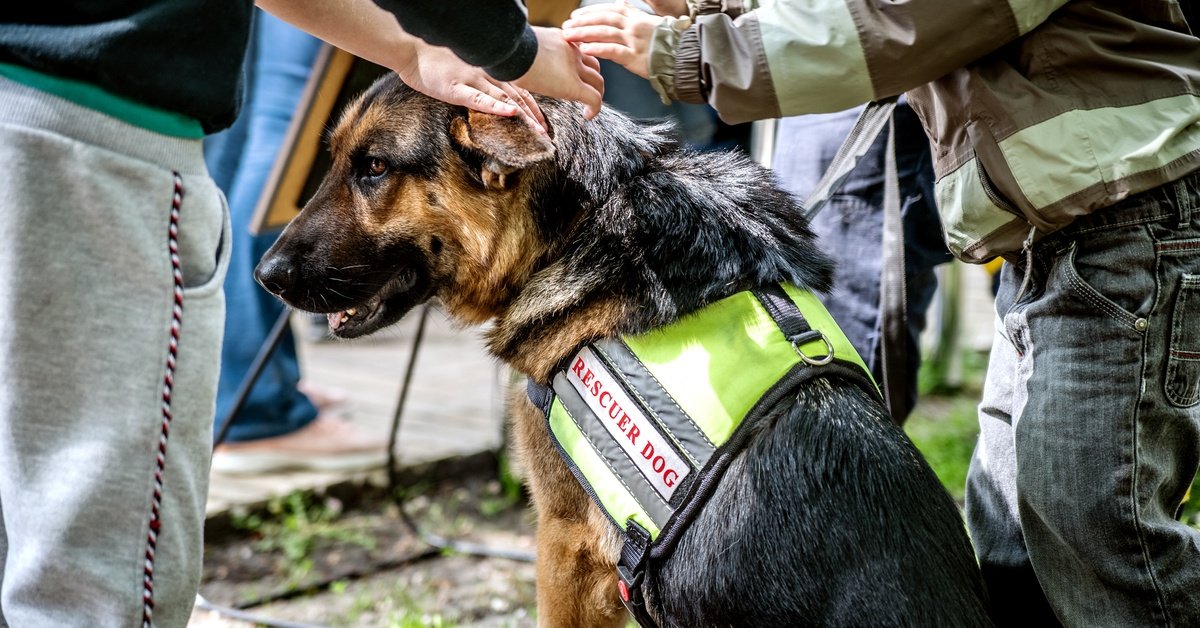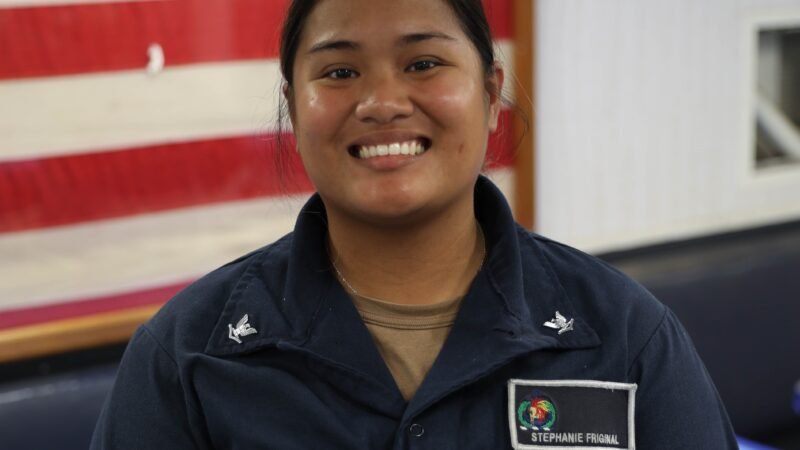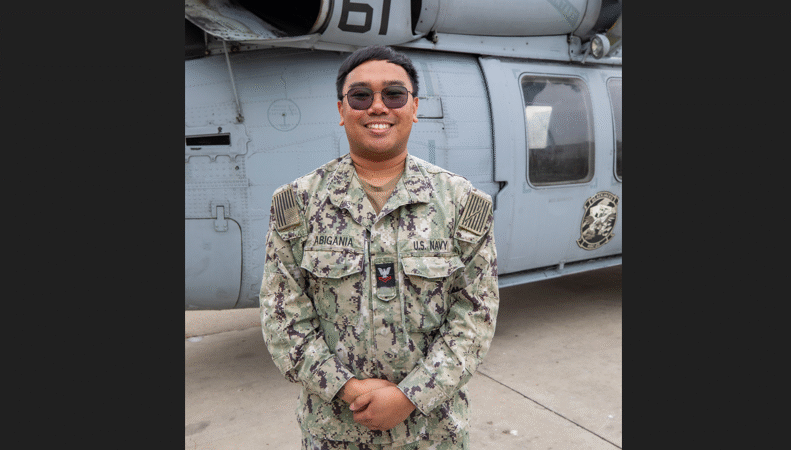Interesting Facts About K9 Search and Rescue Missions

When disaster strikes, K9 search and rescue teams often lead the charge, navigating treacherous terrain to find the missing. These highly skilled dogs and their handlers form an elite unit, combining keen animal instincts with human expertise.
Their work is a testament to the powerful bond between humans and dogs, but what does it really take to become a lifesaving K9 team? Read through these interesting facts about K9 search and rescue missions to gain a little insight.
The Making of a SAR Dog
Not every dog has what it takes to join a search and rescue team. The training process is incredibly rigorous and can take up to two years to complete. Dogs must master obedience, agility, and scent detection while learning to remain calm and focused in chaotic environments.
They practice in simulated disaster zones, old buildings, and vast wilderness areas to prepare for any scenario they might face. Only a small percentage of dogs that begin training ultimately earn their certification, proving just how demanding the standards truly are.
You May Also Like: How To Help Your Teen Stick to Retainer Rules
Top Breeds for the Job
While many breeds excel at search and rescue, some are more common due to their natural abilities. German Shepherds, Belgian Malinois, and Labrador Retrievers are frequently chosen for their intelligence, strong work ethic, and powerful sense of smell.
Bloodhounds also possess exceptional tracking skills, capable of following a scent trail that is days old. However, the most important factor isn’t the breed, but the individual dog’s drive, temperament, and physical fitness.
The Unbreakable Bond
The connection between a K9 and its handler is the heart of every successful SAR team. This bond takes years to build through shared training, trust, and countless hours spent together.
Handlers must learn to read their dog’s subtle cues—a slight change in posture, the flick of a tail, or a specific type of bark—that signal a discovery. This deep, nonverbal communication is often the key to locating a missing person. Handlers train with their dogs and often live with them, making them a true part of the family.
Gear and Technology in Modern Missions
Modern K9 missions blend traditional tracking with cutting-edge technology. Drones and GPS trackers help teams cover more ground and map out search areas more effectively.
For SAR dogs, protective gear is important. A durable tactical K9 vest is one of the most important pieces of equipment, shielding them from sharp debris, harsh weather, and other environmental hazards. When looking for a vest, handlers prioritize features like puncture-resistant materials, reflective strips for visibility, and a design that allows for a full range of motion. This gear ensures the dogs stay safe while performing their demanding work.
K9 search and rescue mission teams represent hope to families and communities in their darkest hours. The dedication of these handlers and the unwavering courage of their canine partners save lives and demonstrate an extraordinary partnership. Their work continues to be an invaluable asset in emergency response efforts around the world.



